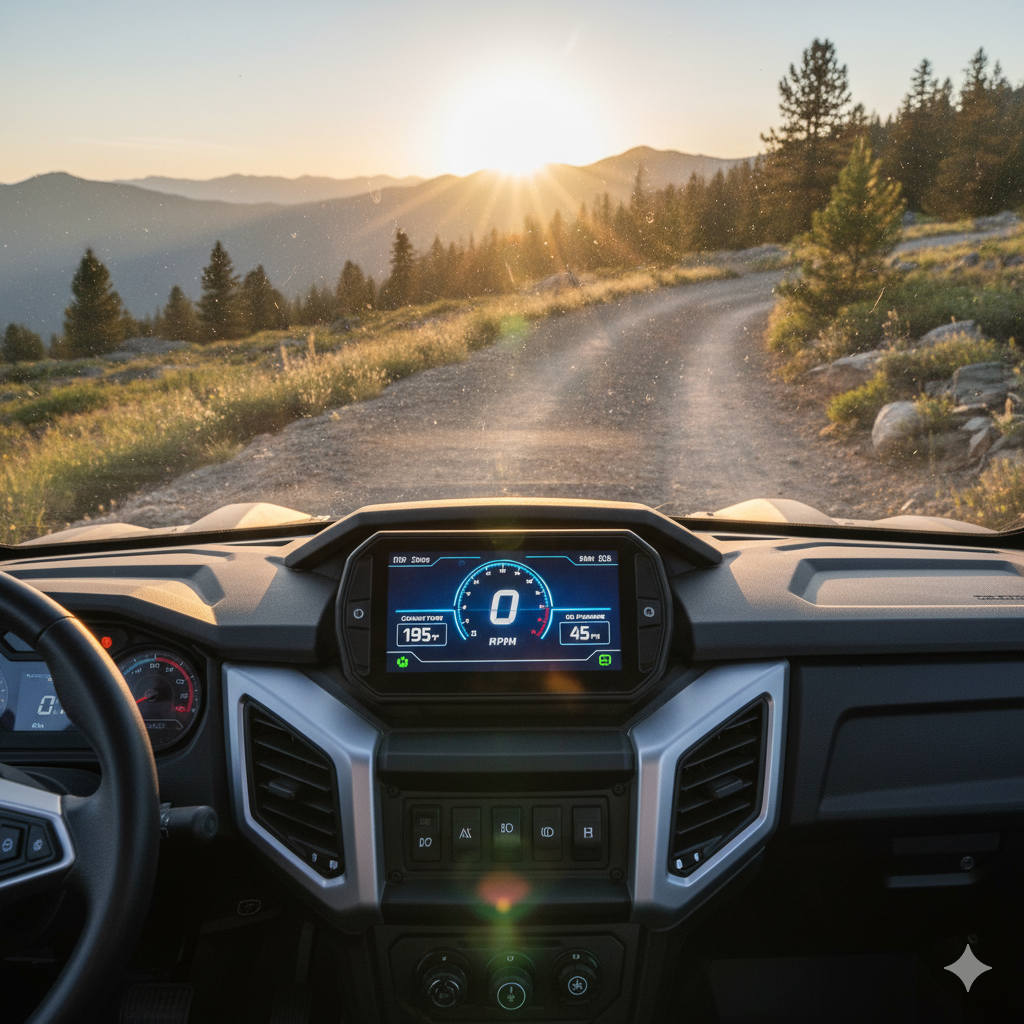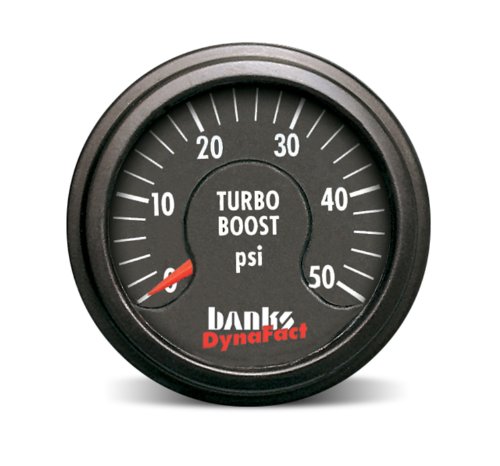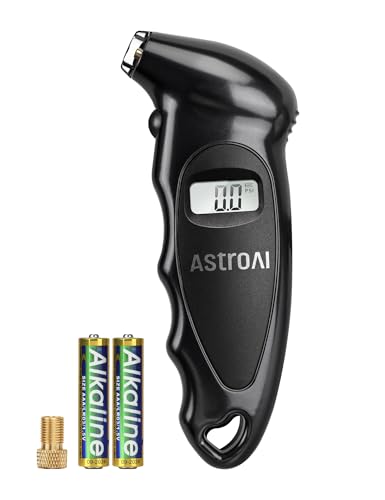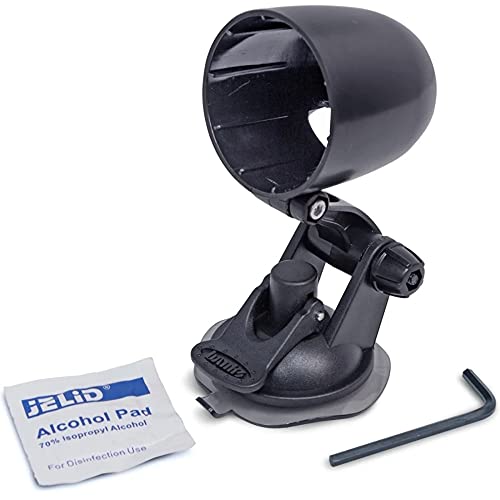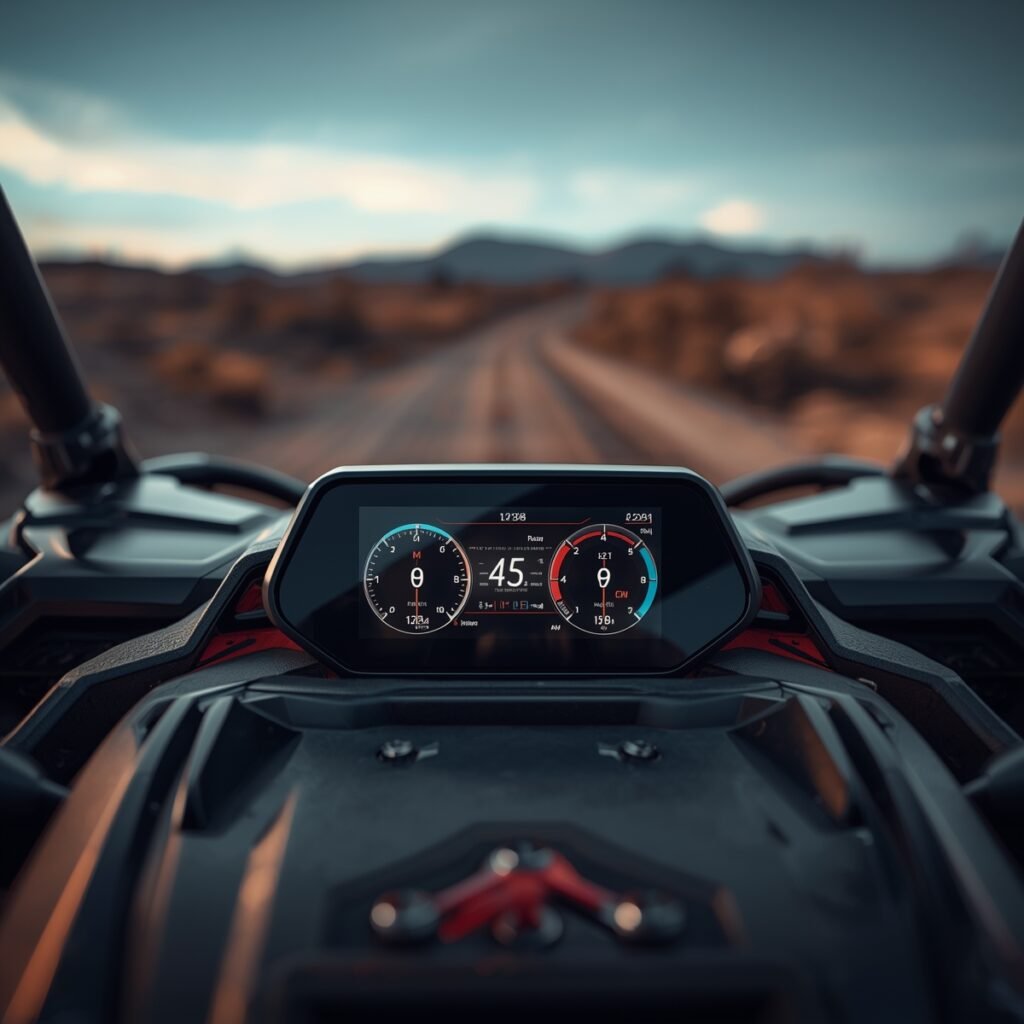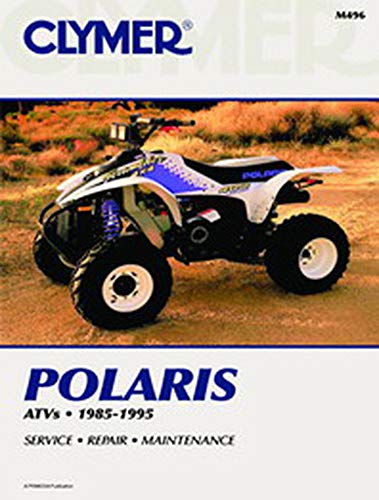There’s a moment burned into every off-roader’s memory. Maybe it’s a strange sound from the engine bay, a sudden temperature gauge spike, or a loss of power when you need it most. That sinking feeling in your stomach is the same for all of us: What’s going wrong, and how far from help am I?
For years, we relied on basic gauges and a hopeful ear to understand our machines. But technology has revolutionized the driver’s seat.
Modern UTV health monitoring systems have evolved from simple warning lights into sophisticated digital co-pilots, giving you an unprecedented window into your vehicle’s well-being.
Understanding these systems isn’t just for mechanics; it’s a critical skill for any rider who wants to prevent costly repairs, avoid trail-side breakdowns, and push their adventures further with confidence.
Let’s dive into the world of UTV diagnostics and explore how you can use this technology to become a more informed and prepared rider.
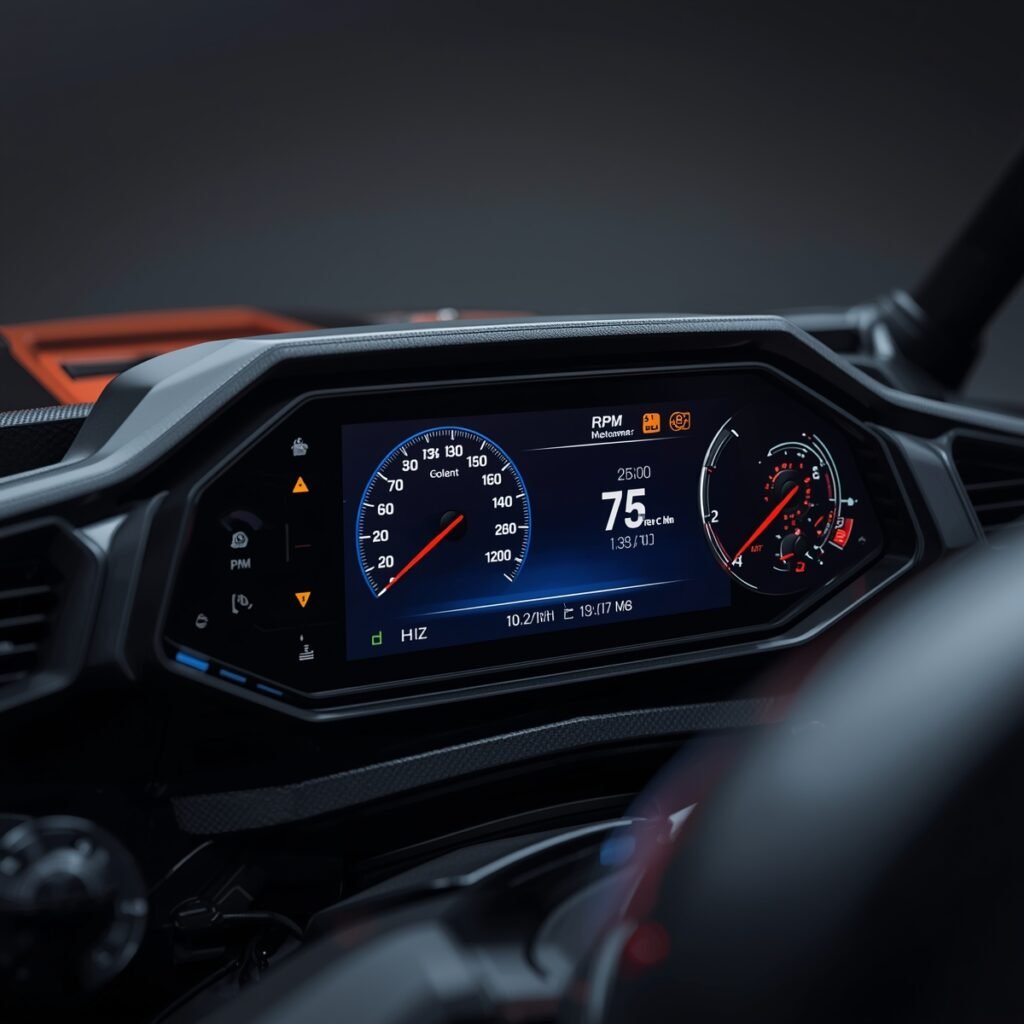
The Basics: What Are UTV Health Monitoring Systems?
At their core, UTV health monitoring systems are integrated networks of sensors and computers that track, analyze, and report on the vital signs of your vehicle. Think of it as a mechanical EKG for your UTV.
These systems constantly monitor parameters like:
- Engine Temperature: Critical for preventing overheating, especially in slow, technical terrain.
- Oil Pressure: Low pressure can signal a lack of lubrication, which can destroy an engine in moments.
- Battery Voltage: Essential for diagnosing charging problems and ensuring your winch and accessories have power.
- RPM (Revolutions Per Minute): Helps you optimize gear selection and avoid over-revving the engine.
- Fuel Level: A basic but vital metric, especially when exploring remote areas.
- Diagnostic Trouble Codes (DTCs): When the system detects a problem, it stores a specific code that mechanics can read to pinpoint the issue.
The Two Tiers of Monitoring: Built-In vs. Aftermarket
Not all monitoring systems are created equal. They generally fall into two categories, each with its own strengths.
Tier 1: The Factory Dashboard
Your UTV comes with a standard set of gauges and warning lights from the factory. This is your first line of defense.
- What it does: Provides real-time data on speed, fuel, coolant temp, and sometimes oil pressure. It will illuminate a “Check Engine” light or similar warning for major faults.
- Pros: Integrated, user-friendly, and requires no extra installation.
- Cons: Often limited in the depth of information. A generic warning light doesn’t tell you what is wrong, only that something is wrong.
Tier 2: Advanced Aftermarket Gauges
For riders who demand the ultimate in data and control, aftermarket UTV health monitoring systems are the answer. These are dedicated gauges that tap into your machine’s brain for a much deeper look.
Key Features of Advanced Systems:
- Multi-Parameter Display: A single, compact gauge can cycle through and display dozens of data points.
- Programmable Warning Alarms: Instead of just a light, you can set an audible alarm to trigger at a specific temperature or RPM, grabbing your attention before it’s too late.
- Data Logging: Record your rides to review performance later. Did the engine run hot at a specific moment? Data logging can tell you why.
- Read and Clear Diagnostic Codes: The most powerful feature. You can read fault codes yourself, understand the problem, and sometimes even clear them after a repair without a trip to the dealership.
Why Every Rider Needs a Robust Monitoring System
You might think, “My UTV is new, what could go wrong?” Here’s why proactive monitoring is non-negotiable.
1. Catastrophic Failure Prevention
This is the number one reason. A UTV health monitoring system is your early warning system.
- Scenario: Your coolant hose springs a small leak. The factory temp gauge might not move until it’s critically low. An advanced gauge with a programmable alarm can scream at you the moment the temperature rises 10 degrees above normal, allowing you to shut the engine off before it seizes.
- The Cost: A $250 aftermarket gauge vs. a $4,000 engine replacement. The math is simple.
2. Performance Optimization and Tuning
If you’ve made performance modifications (tuning, exhaust, etc.), monitoring is essential.
- Air/Fuel Ratio (AFR): Advanced systems can display AFR. Too lean (too much air) and you risk burning a piston. Too rich (too much fuel) and you’re leaving power on the table. Monitoring AFR lets you fine-tune for optimal performance and safety.
- Boost and Backpressure: For turbocharged models, monitoring boost levels is critical to ensure your system is operating correctly and not over-stressing the engine.
3. Enhanced Safety and Peace of Mind
Getting stranded in the backcountry isn’t just an inconvenience; it can be dangerous.
A reliable UTV health monitoring system gives you the confidence to explore further.
You know you’ll be alerted to issues early, giving you time to turn around and head for safety.
It transforms anxiety into awareness.
Choosing the Right System for Your Ride
With several options on the market, how do you choose?
- Identify Your Needs: Are you a casual rider or a hardcore enthusiast with a heavily modified machine? Casual riders may find a basic OBD2 dongle and a smartphone app sufficient. Enthusiasts will want a dedicated, rugged gauge.
- Compatibility: Ensure the system you choose is compatible with your UTV’s make, model, and year.
- Key Metrics to Monitor: Prioritize what’s important. For most, coolant temp, voltage, and RPM are the holy trinity. For modified machines, add Air/Fuel Ratio and Boost.
- Ease of Installation and Use: Some systems are plug-and-play, while others require more complex wiring. Consider your technical comfort level.
Conclusion: Don’t Guess, Know
Your UTV is a complex and powerful machine. Relying on guesswork about its health is a gamble you don’t need to take. Embracing modern UTV health monitoring systems is one of the smartest investments you can make in your vehicle’s longevity, your wallet’s health, and your own safety on the trail.
It transforms you from a passive driver into an informed operator, deeply connected to the mechanics of your adventure. You move from reacting to problems to preventing them entirely.
What about you? Do you rely on your factory gauges, or have you upgraded to an aftermarket system? What was the one warning that saved you from a major repair? Share your stories and questions in the comments below—let’s learn from each other’s experiences.
Ride smart, ride safe,
- Manufacturer Part Number: CM486, M4866
- Part Number: CM486
- Warranty: 30 Days
- Step-by-Step Instructions, with Detailed Photos and Illustrations, for everything from Basic Maintenance and Troubleshoo…
- Save Time & Money with Do-It-Yourself Maintenance and Repairs
- Written by Experienced Professionals, Clymer Service Manuals are a Must-have for all DIY Enthusiasts!

